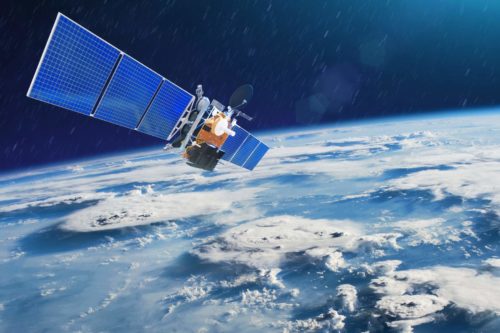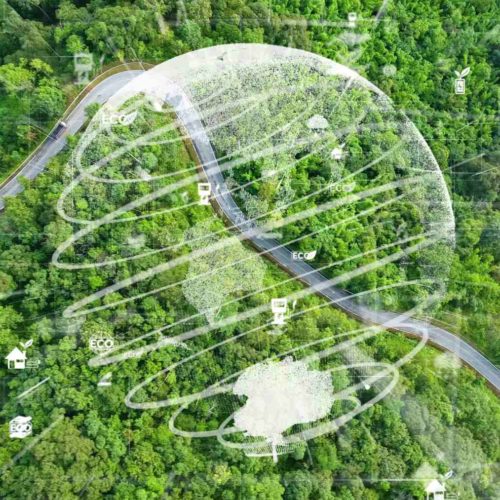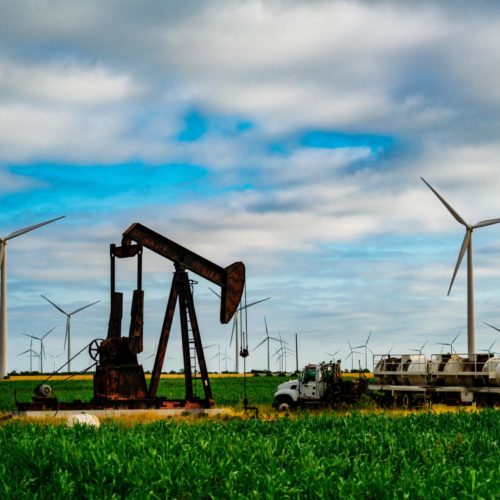
Climate TRACE
Measuring Global Oil and Gas Emissions

What is Climate TRACE?
Climate TRACE monitors human-caused GHG emissions using cutting-edge technologies such as artificial intelligence, machine learning, novel modeling, and satellite image processing—bringing unprecedented transparency to global carbon pollution. Insights curated from Climate TRACE make it possible for anyone, anywhere, to make better decisions to mitigate and adapt to the impacts of climate change.
The Climate TRACE coalition represent leading NGOs, technical experts, and climate scientists including RMI, WattTime, Former Vice President Al Gore, Earthrise Alliance, Blue Sky Analytics, Hudson Carbon, Hypervine.io, Carbon Plan, Transition Zero, and Ocean Mind.

Why it Matters
You can’t manage what you can’t measure. Climate TRACE, and supporting data platforms, drive stronger decision-making on environmental policy, investment, and corporate sustainability strategy. Real-time information on greenhouse gas emissions helps all actors take the right actions now to put the world on a viable pathway toward 1.5°C alignment in this decisive decade.

RMI’s Role
RMI provides transparent data inputs to estimate methane and CO2 emissions for the global oil and gas sector. It then uses this data to help shape insights for policymakers, investors, and oil and gas companies to rapidly reduce the massive climate footprint of this important industry.

How emissions transparency can help reduce oil and gas sector climate impacts
It pays to know your oil and gas. No two petroleum resources have the same climate footprint—depending on the nature of the oil or gas and how it is handled, GHG emissions can vary by a factor of ten or more. Using bottom-up process engineering models and top-down satellite measurements, we can create a robust data ecosystem. With this climate intelligence, all stakeholders can identify where emissions are coming from, target large emissions sources, and develop a sound mitigation strategy to reduce oil and gas GHGs. Policymakers can establish new rules to cut emissions. Companies can upgrade their equipment and corporate practices. Investors can discount the dirtiest assets. And customers can purchase cleaner products. Differentiating oil and gas based on their emissions allows the market to align around 1.5°C climate targets to meet the Paris Agreement.
Our Plan
RMI is building on the solid foundation laid by Climate TRACE to bring new climate intelligence to the oil and gas sector. Using open-source emissions data to differentiate oil and gas resources based on their GHG emission intensities can inform policy and market choices.
In early 2022, RMI will re-launch the Oil Climate Index Plus Gas—OCI+ model, a web tool that compares full lifecycle GHGs from individual oil and gas assets from around the world. (An OCI+ preview is available here). Data from the OCI+ model feeds into Climate TRACE and can provide more granular, useful insights to decisionmakers in the oil and gas industry.